Learning to paint with watercolour can be hard if you don’t know the tricks of the trade.
That’s why you need to learn about 6 essential watercolour tips that will improve your skills as a watercolour artist.
To get better at watercolour, you must invest in good-quality supplies, learn how to apply watercolour techniques properly, master colour mixing, stop overworking your paintings and comparing yourself to others, and practice on a regular basis.
By practicing and mastering these artistic skills while working on your mindset, you’ll surely become a better and more confident watercolour artist.
So, keep reading to discover the strategy behind each tip.
DISCLOSURE: This page contains affiliate links. If you make a qualified purchase using any of the links, I’ll earn a small commission at no extra cost to you. I appreciate every sale because it allows me to create free content to promote the growth of this website.
Table of Contents
1. Use Good-Quality Watercolour Supplies
I’m going to be very honest:
If you don’t use good quality watercolour supplies, the learning curve is going to be harder for you. As well, you’re more likely to experience stress and frustration.
Since painting with watercolours requires water to activate the pigments, you can’t use any old brush or paper.
For this reason, my first watercolour tip is to invest in quality watercolour supplies that will aid you in your learning process.
Let me be clear, though.
Having high-quality supplies will not make you a better painter. But better supplies will make it easier for you to become a more skilled painter.
Use High-Quality Paper
Arches paper is universally regarded as the crème de la crème of watercolour paper. Yes, it’s pricey, but you are paying for quality.
When selecting watercolour paper, look for 100% cotton paper that is at least 140 lbs / 300 gsm because it will be thick and thus able to handle heavy washes of water, as well as lots of layering.
To get the most out of this paper, divide the sheets into smaller paintings. Whenever you mess up, paint on the backside of the paper. This way, you’re wasting neither your money nor natural resources.
Arches Cold-Pressed Watercolor Paper
• 100% cotton paper is super water absorbent and ideal for watercolours
• 300 gsm (140 lbs) is thick paper, so it can handle many layers of pigment
• Acid free: Your paper won’t turn yellow
BUY ON AMAZONIf Arches is a bit out of your price point, don’t worry.
A really affordable alternative is Canson watercolour paper. No, it’s not 100% cotton paper. But if you’re not able or willing to invest in high-quality paper, I want you to know that there’s nothing wrong with using a cheaper option.
Yes, painting on cellulose or wood pulp paper won’t be as easy as 100% cotton paper, but it will still give you the opportunity to create great watercolour paintings.
Canson Watercolor Paper
• 140 lbs / 300 gsm paper that’s thick enough to handle water and layering
• Acid-free paper, so the paper shouldn’t turn yellow
• Paper works well for watercolours and mixed media art
BUY ON AMAZONInvest in Quality Brushes
Unless you’re a professional who makes their living off of watercolour art, I don’t believe you need brushes that cost over $100 each.
However, investing in quality brushes is imperative because high-quality brushes hold more water and pigment. Therefore, higher-quality brushes will help you learn how to create watercolour paintings more easily.
Personally, I highly recommend the Silver Black Velvet Brushes which are a combination of real squirrel hair and synthetic bristles.
This combination means the brushes contain superior bristles at a more affordable price point than if you were buying a pure animal hair brush.
Silver Black Velvet Watercolour Brushes
• Comes with a size 6 round brush, size 12 round brush, and 1 inch flat brush
• Made from a superior blend of squirrel hair and synthetic fibers
• Fine points, soft bristles, and fibers hold a lot of water
BUY ON AMAZONHowever, if these brushes are out of your price point, you can invest in the Black Tulip brushes by ZenArts.
They’re very affordable and this versatile set comes with 6 different brushes including 2 rounds, 2 flats, 1 cat’s tongue, and a rigger brush.
What’s more, the bristles are made of faux squirrel synthetic fibers which are designed to mimic real animal hair. They hold a good amount of pigment and water, and the tips hold their shapes.
Black Tulip Watercolour Brushes
• Comes with 6 assorted brushes that are suited for beginners
• Made from synthetic squirrel fibers that mimic the real animal hair
• Flexible brushes with lots of versatility
BUY ON AMAZONInvest in A Good Watercolour Set
If you’re a watercolourist, you don’t need to have the fanciest and largest set of watercolour paints to create stellar paintings.
However, don’t believe this common watercolour myth: beginners should invest in cheap products so as to not waste their money.
That being said, don’t do yourself a disservice by purchasing low-quality chalky paints that don’t blend well.
Personally, I suggest investing in the Sennelier L’Aquarelle Watercolors because they’re affordable artist grade paints compared to many other professional paints.
These paints are rich, creamy, and vibrant. They mix well to produce an array of gorgeous colours.
Sennelier L’Aquarelle Watercolors
• 12 tubes with 10ml of pigment, so your paints will last a long time
• Rich and creamy pigments have smooth application
• Layers appear transparent, luminous, and vibrant when they’ve dried
BUY ON AMAZONIf you’re uneasy about investing a lot of money in your watercolour paints, then check out the Winsor & Newton Cotman set.
Although they’re student grade, they are still excellent quality paints for their price point.
Having a more limited palette is better for learning about colour theory and colour mixing (as I discuss in more detail further on in this article), and the size is small and compact.
So if you like painting outdoors or on the go, this set is super light and portable.
Winsor & Newton Cotman Watercolors
• 12 vibrant pigments that blend and mix well together
• Small box that’s lightweight, portable, and convenient to carry
• Very affordable set that’s suitable for all beginners
BUY ON AMAZON2. Practice, Practice, and More Practice
If you’re active in the art community, then I’m sure you’ve heard professionals share this piece of advice many times:
You need to practice consistently.
That includes everything from creating simple doodles and practicing easy watercolour warmups to illustrating complete paintings.
It’s touted as the best way to improve your art skills because you cannot improve if you don’t practice the skills that will help you create beautiful paintings.
So, if you want to become a better watercolour artist, you have no choice but the practice consistently.
The best way to improve your art is by joining an online art education platform like Foxsy so that you can be taught by professional artists.
Why?
Because investing in your art education makes you feel more confident in your artwork. After all, you develop the skills to succeed at a much faster pace.
That means you get to experience more joy and much less frustration when you create art!
To learn more, click on the image below to discover how the Foxsy Watercolor Academy will help you become the artist you’ve always aspired to be!
Practice Different Watercolour Techniques
Another way to practice your skills is by experimenting with different techniques and their applications.
Let me guess.
At some point, you’ve thought, “How can I improve my watercolour techniques?”
Well, one way is to experiment with and learn different watercolour brush techniques. When you warm-up, practice some or all of the following techniques:
- Wet on wet
- Wet on dry
- Dry brush
- Flat washes
- Glazing
- Lifting
- Splattering
Practicing these techniques will train your hand to control the paint to water ratio more successfully. After all, each technique requires different amounts of water and pigment.
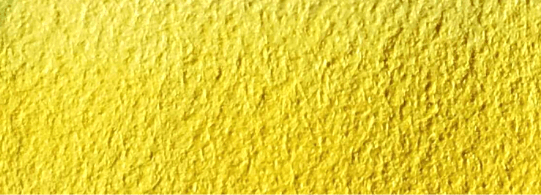
Master the Paint to Water Ratio
Speaking of, let’s talk about the importance of mastering the paint to water ratio.
This skill takes time to develop. For this reason, it’s one of the best watercolour tips for beginners because learning this skill early on will pay dividends as you progress in your watercolour journey.
Essentially, the paint to water ratio is understanding the correct amount of paint and water that are needed to apply techniques to a painting.
For instance, you’ll use a lot more water when using the wet on wet technique than if you’re using the dry brush technique, which requires very little water.
What’s more, mastering this technique will help you understand how to correct watercolour mistakes if you’ve used to much or too little water.
Create A Watercolour Schedule
Another smart watercolour tip to improve paintings is to create a schedule.
Creating a schedule will help you understand how to manage your time more wiselyby ensuring that you are making time for art.
So open your digital calendar app or take out your bullet journal and consider your schedule.
Remember, keep these tips in mind when scheduling time for watercolour painting:
- The more often you paint, the faster you’ll improve your skills
- Aim to paint at least 4 – 5 times a week
- Plan to paint for at least 20 – 30 minutes a day
Personally, I don’t believe that people “don’t have time” to do things. Before you object, hear me out!
When you consider what you devote your time and attention to, you’re prioritizing certain tasks, hobbies, or interests over others.
So if you “can’t find time” to paint or create art, then ask yourself whether art is something you’re truly passionate about.
If you’re truly passionate about watercolour painting, it will be a priority.
If it is, then re-evaluate your priorities to determine what you believe deserves more of your time and attention.
3. Study Colour Theory & Colour Mixing
Of all these watercolour tips, this one is particularly important.
Often enough, I hear watercolour newbies say, “Why are watercolours so difficult?”
Well, I hate to say it, but watercolours might seem more difficult for individuals who don’t invest time in learning colour theory.
Colour theory incorporates rules, concepts, and guidelines that help artists communicate colours with those who observe their artwork.
To learn about colour theory, you will learn about concepts such as:
- Primary and secondary colours
- Tertiary colours
- Colour wheels
- Colour schemes
- Colour harmony
- Colour temperature
Without a fundamental understanding of colour theory, it becomes difficult for watercolourists to mix colours properly.
In the worst case scenario, you end up with muddy colours. This unfortunate event will force you to learn how to fix a muddy watercolour painting.
So if you haven’t done so already, I suggest you start with the basics by reviewing primary, secondary, and tertiary colour wheels as you probably learned about when you were in primary school.
From there, you can build upon each topic that I’ve listed in the bullet points above.
Use a Limited Colour Palette
Have you ever noticed that many watercolour palettes include only a limited number of paints?
When you paint with a limited colour palette, you’re forced to learn how to mix colours because you can’t default to a pre-made pan or tube to just give you the colour you want.
For that reason, it’s better to limit the colours you’re using. In fact, painting monochromatic artwork is an excellent way to study colour and tonal values.
In fact, if you create a colour palette including warm primary and cool primary colours, you can learn how to mix a beautiful spectrum of colours.
For this reason, the Daniel Smith Introductory Set of 6 is a wonderful option if you’re serious about levelling up their watercolour skills by working with a limited colour palette.
Mix More Paint Than You Need
I can’t count how many times I’ve mixed the perfect green only to run out of it mid-painting.
Then, in a mad scramble to recreate the colour, the layer dries before I’m able to mix a similar enough shade.
And let’s face it: you almost never recreate the exact same shade.
For this reason, save yourself the trouble by mixing more paint beforehand. After all, it’s better to be on the safe side.
And if you’re worried about potentially wasting paint, don’t be.
You can always use the leftover pigment in your warm-ups so that none of it goes to waste.
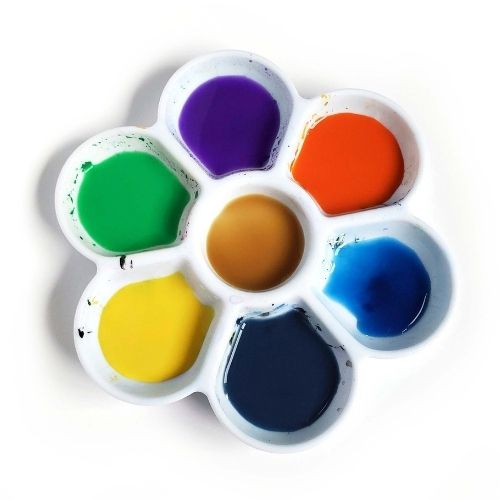
4. Don’t Overwork Your Painting
This watercolour tip is easier said than done.
For many watercolour artists, it’s hard to just leave things alone. That’s why you overwork your painting.
Overworking is when you keep working on an artwork to the point of overcomplicating the piece. In the worst-case scenario, the artwork looks worse off than before you started overworking it.
Often enough, you scrutinize your painting by nitpicking every little detail. In this way, you become your own worst critic.
If you’re a perfectionist, then it’s time to learn how to let go of your perfectionism.
After all, watercolour is notorious for it’s unpredictable and spontaneous nature. By definition, you can’t control it.
Therefore, it’s better to learn this lesson sooner rather than later.
Related: If you’re prone to overworking your art, check out this article to learn how to stop overworking your paintings.
5. Stop Comparing Yourself to Other Artists
Out of all these watercolour tips on this list, this piece of advice can be applied not just to watercolour, but also to life.
If you want to improve your confidence as an artist and watercolourist, you need to stop comparing yourself to others.
As artists and creatives, we have a tendency to compare our artwork to advanced artists or professionals who are creating in an entirely different league than we are.
But think about it: What’s the benefit of comparing yourself to others?
There is no benefit.
If you need to compare yourself to another for the sake of recognizing your progress, then compare yourself only to who you were yesterday.
Or, in other words, follow this advice:
Don’t compete with others. Focus on your own self-development.
Your self-esteem will improve if you stop concerning yourself with others. After all, your greatest concern should be yourself and your own artwork.
In addition, if you need help affirming yourself as an artist and creative, get into the habit of practicing affirmations regularly to remind yourself of your self-worth.
Note: Or, even better, download my free list of 21 positive affirmations for artists that are tailored towards creatives. Recite them everyday to boost your confidence and self-worth.
For a more detailed look into specific methods to gain courage and overcome self-doubt as an artist, check out this article by Susanart.com.
6. Respect the Law of Repetition
The Law of Repetition states that the more you do or say something, the easier it is to internalize that information. The more you repeatedly learn or do something, the likelier it is to become a habit.
So, by applying this the Law of Repetition to watercolour painting, the more you paint the same subjects over and over again, you increase the likelihood of becoming more skilled at painting that subject matter.
In fact, there are strategies such as spaced repetition that help people learn at a steady pace that is conducive to improved learning and memory.
The benefits of repeatedly painting and drawing something are:
- Increased muscle memory
- Recognition of patterns
- Reinforced understanding of shapes and forms
Just like the baseball athlete who swings the bat over and over again to hit a home run, or the pianist who rehearses the same musical piece dozens of times, it’s necessary for watercolourists to practice the same techniques and subject matter to master them.
Conclusion
Now that you’ve made it to the end of this article, you should have a pretty good understanding of the most important watercolour tips that will help you turn bad watercolour paintings into works of art.
But remember this: Nobody becomes an overnight success.
The most famous artists have spent years, if not decades, refining their skills and honing their craft.
So be patient with yourself and in time, you’ll see the results you desire.
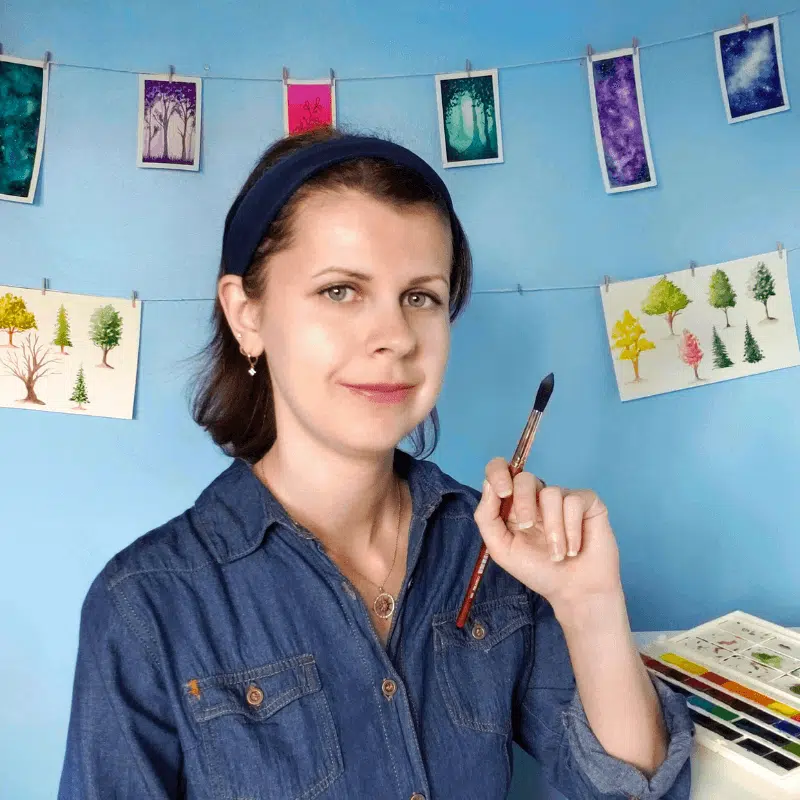
Miranda Balogh
Artist & Online Educator







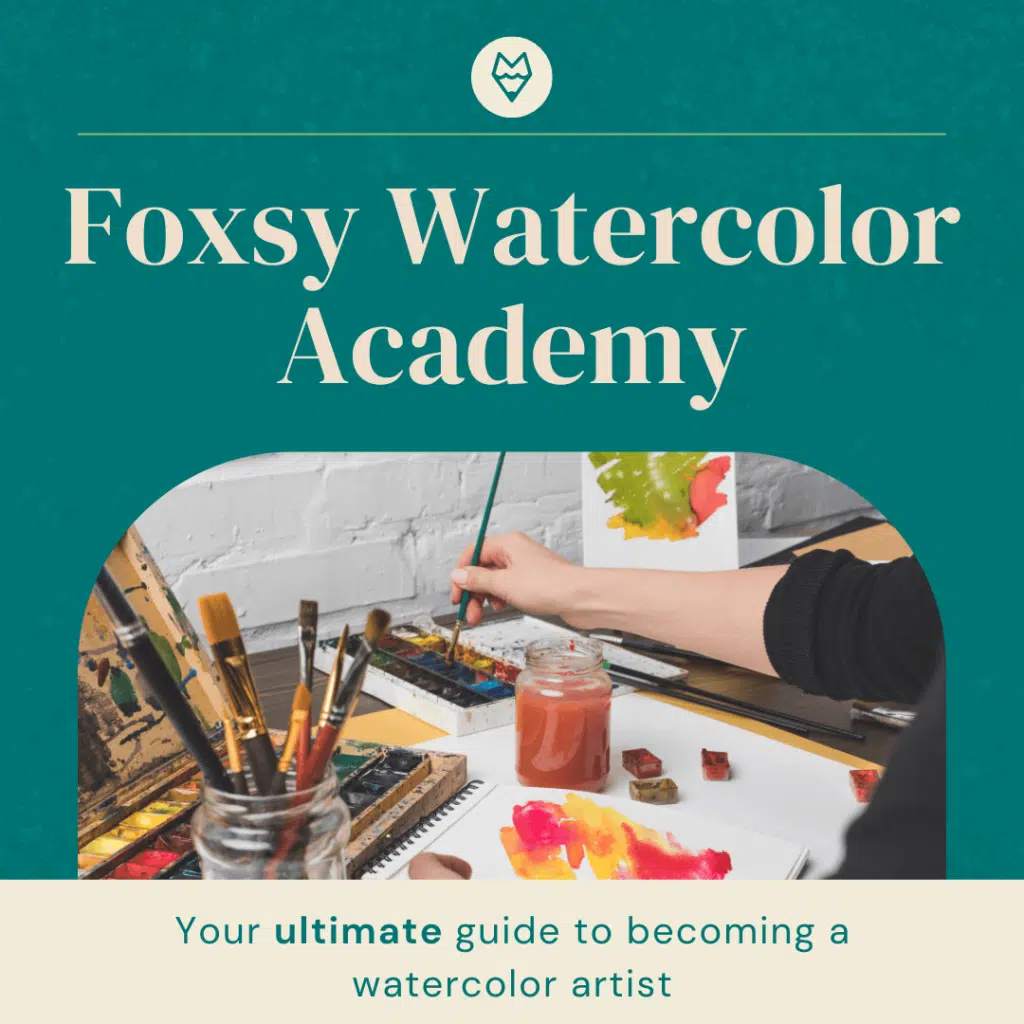
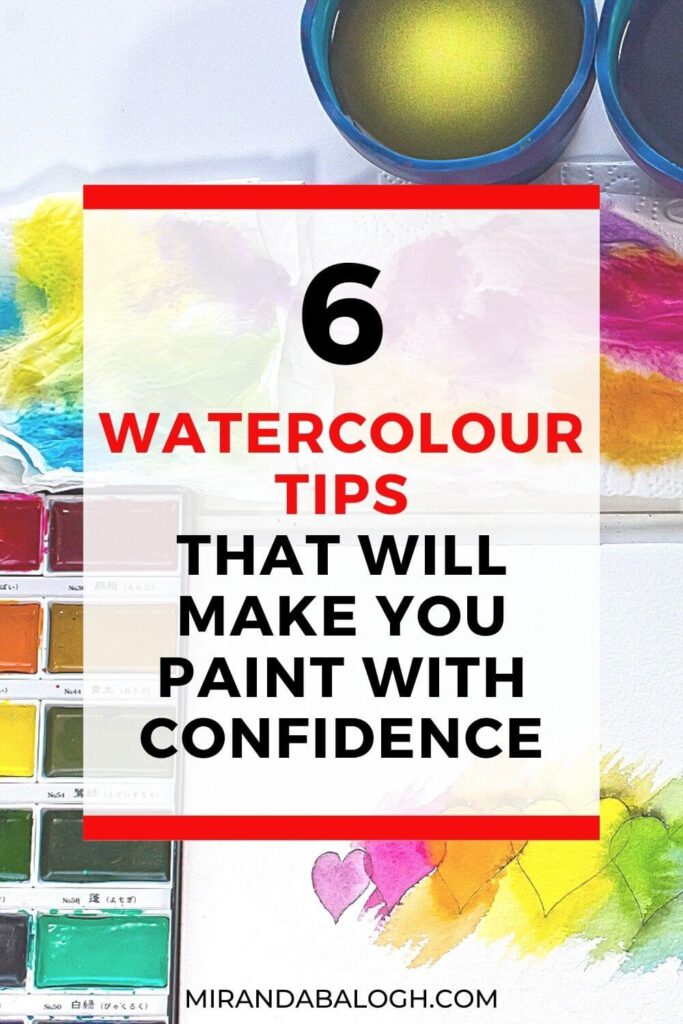
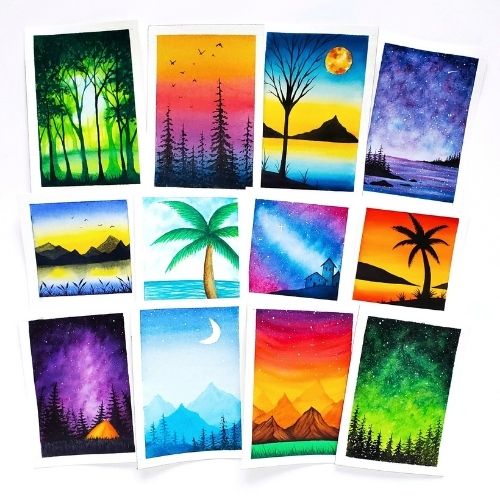
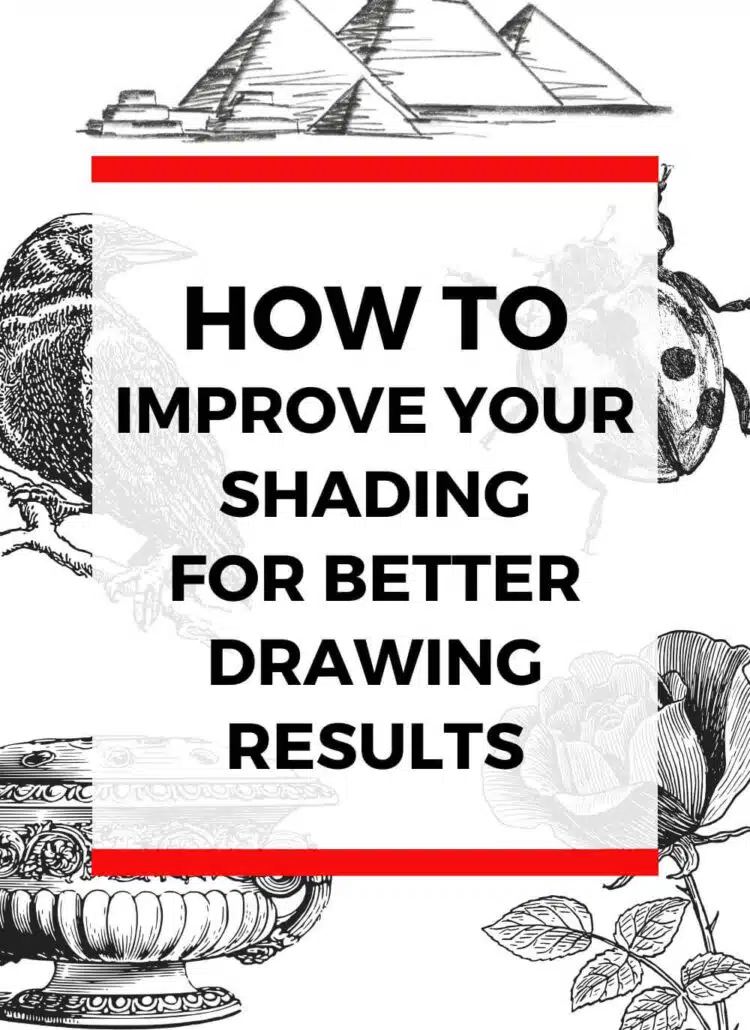
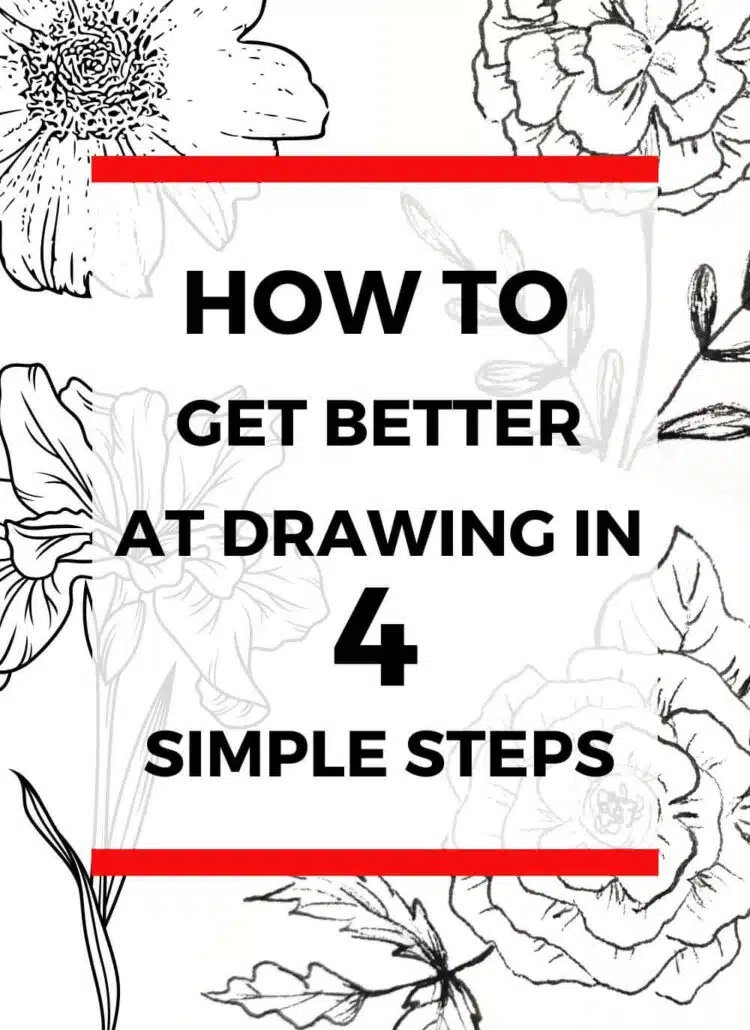
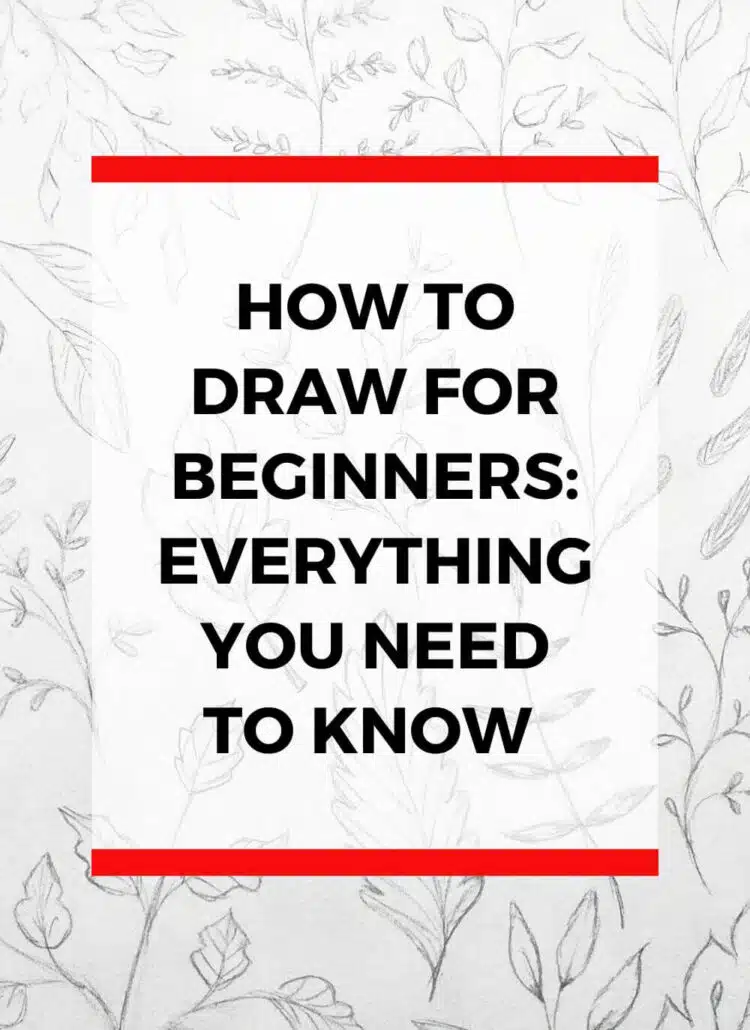
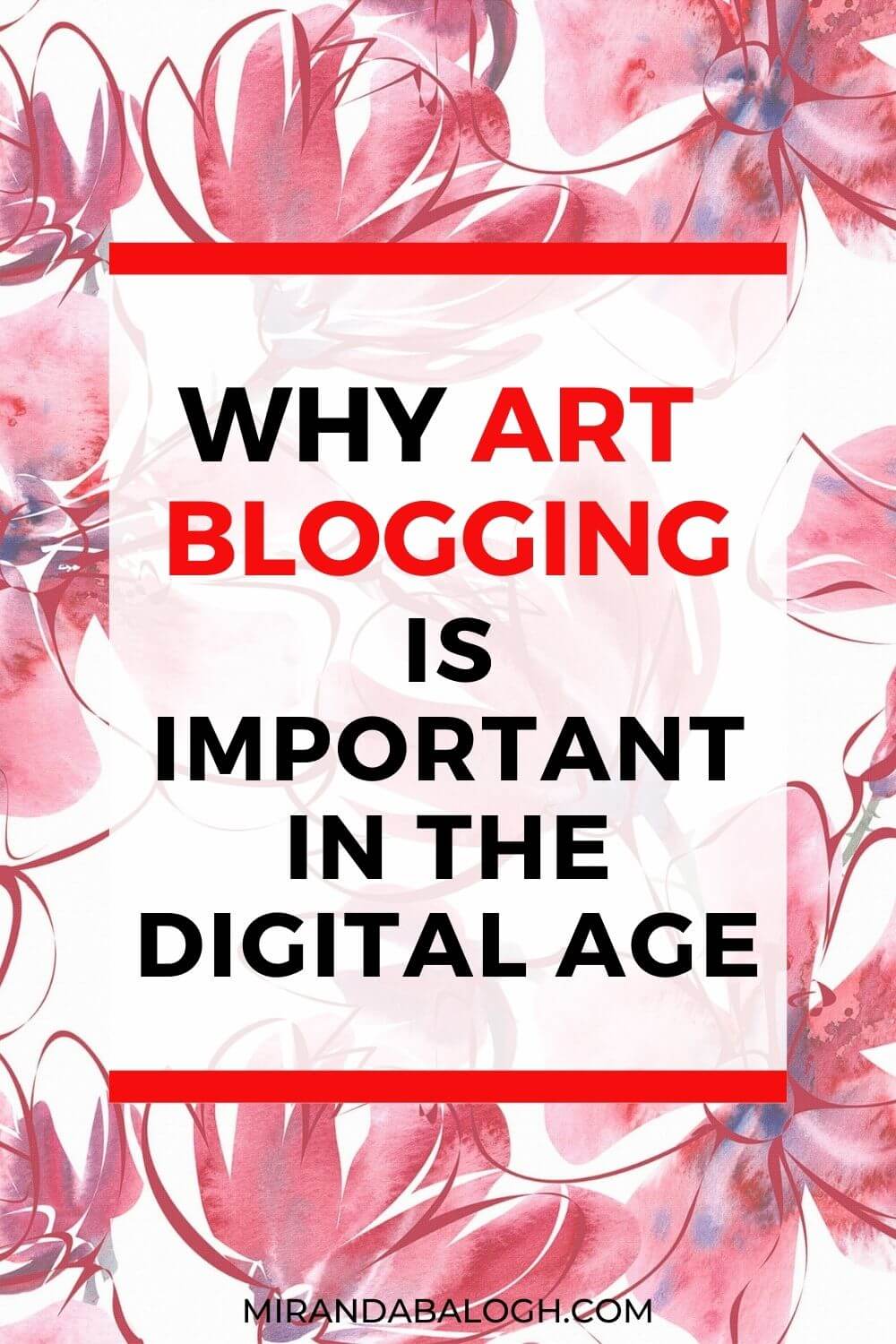
These are great tips for beginner watercolor painters! I wanted to get into watercolors myself and went with a cheap brush set to start. Huge mistake! The brushes are constantly shedding in my paintings. I have to try to pick out the bristles without disturbing the paint. Not worth saving a few bucks! I’ll have to try the brushes you mentioned. I love the idea of ones that you can fill the barrels with water! Brilliant! Thanks so much for sharing these tips!
I made the exact same mistake you did when I was a watercolour beginner! It’s a fairly common mistake, which is why I included that watercolour tip on this list in order to help other beginners who may not know any better. Thanks for sharing your story!
This post is amazing, It is packed full of proper advice. Tips that are really helpful and easy to follow. Thanks for sharing!
I’m glad you enjoyed these watercolour tips. It’s always a goal of mine to explain advice or information as clearly and simply as possible. Thanks for the positive feedback!
Thank you for sharing these wonderful tips! My sister is an avid watercolor painter, and I’ll be sure to pass this post along!
Thank you! I hope she finds these watercolour tips helpful.
Thanks for the post. I used to paint so long ago, back when I was 13 I think. But now with all the home-office I am thinking to go back to this hobby. And this post would be really useful 🙂
Reconnecting with an old hobby sounds like such a wonderful idea. I hope it brings you lots of joy!
There is tons of great advice and information in this post! This will help a lot! Thanks!
You’re welcome! I’m glad that you found this article helpful.
Love these tips!!
Thank you! I hope you found them useful.
Super helpful tips for beginners! I would never have thought to study colour theory to help with my watercolor paintings
Thank you! Studying colour theory can seriously transform your watercolour artwork for the better, so definitely study it when you have the time!
Thank you for this article and these amazing tips! I will definitely use some of them together with my daughter. She loves painting but gets discouraged when she compares her work to the work of others, so I will particularly show her the part of the article where you talk about that :-). Thanks again
Teaching your daughter how to deal with comparison is something that will help her become an even better artist. So it’s wonderful that she has your guidance and support. Thank you for sharing your experience!
I haven’t done watercolor painting in years, and I really miss how relaxing it is. These are great tips for anyone getting started! You’ve got me thinking I should start painting again 🙂
I agree that watercolour painting is such a relaxing activity. If you start painting again, I hope you have a lot of fun!
These are brilliant tips. Would be helpful for my toddler who loves to colour ☺
Thanks
Yes, many of these tips also apply to art mediums other than watercolour painting. Thanks for sharing!
I like to paint with watercolors when I have some time for myself. I love these tips and they are really helpful! #5 is also so important!
Thank you! I’m glad you found these watercolour tips helpful.
These are great tips! I always wanted to start painting with watercolors and hope to do it soon. Will definitely take your advises on the way! 🙂
Hurray! Watercolour painting is a lot of fun, so I’m sure you’ll enjoy it!
Thank you so much for. giving all of us newbies and wantabies,not just the boost we obviously need to get over the fear of starting watercolor. I got discouraged trying to “teach” myself. Even decided to switch to another medium. That wasn’t the answer. After reading your clear, and can I say loving, post I realize that this time I just might be able to overcome the fear that only an 84 year “youngster” can feel at starting over. If I can do it, anyone can. So keep your fingers crossed for all of us as we start out on the journey to become an Artist!!! 🌞 Thanks, Diane
Hi Diane! Thank you for sharing your inspiring story. It’s wonderful to hear that you’re starting over with watercolours. I wish you the best of luck with your watercolour paintings!